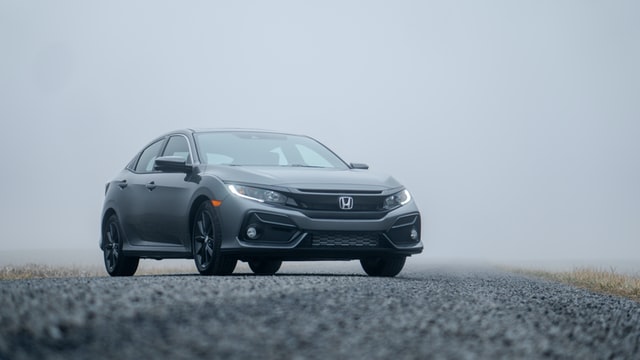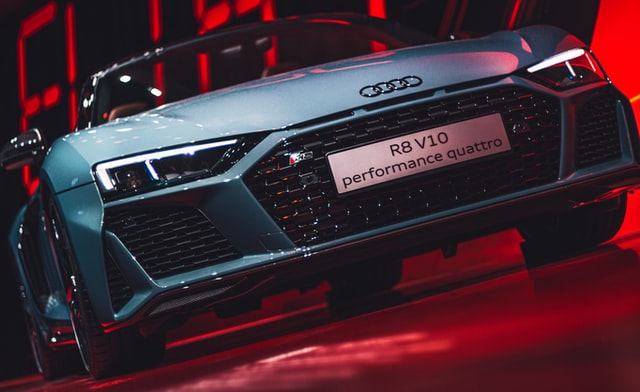If you decide on a new or used car, price can be one of the main factors. The list prices of vehicles as well as the cost of car maintenance and insurance should be taken into account in this assessment. Let’s divide the average cost of the insurance policy into new and used vehicles. Are new cars cheaper to insure?
Which insurance is cheaper: a used or new car?
Because car insurance is so specific, it is impossible to give a full statement which insurance is cheaper. Although the list price of a new vehicle is usually more expensive than the price of a used car, this is not always the case with insurance. State-of-the-art safety features, easier to replace parts and other factors often contribute to the low cost of insurance for some new cars. Your insurance premium will depend on the vehicles compared
Newer vehicles may be more expensive to repair
Newer vehicles are more expensive to insure for many different reasons.
First of all, is the value of the vehicle. Newer vehicles are usually more valuable than older vehicles. This means that the insurance company is responsible for covering repairs up to a higher amount.
Other factors also play a role. Newer vehicles, for example, have safety features such as reversing cameras and automatic braking, which can significantly reduce the risk of accidents. You can assume that this leads to lower insurance costs – but this is not always the case. These new safety features can be expensive to repair and replace.

What other factors affect insurance rates?
Car insurance insurers consider the vehicle’s usage, driving history and claim history. They may also take into account the age, marital status and gender of the person (although some states do not allow insurance companies to use these factors.)
How does car insurance change in a new vehicle compared to a used one?
Vehicles may require different coverage levels and different cost levels. If you buy a new car through a loan or leasing, you will probably need to have additional optional insurance for the used vehicle. This includes minimum collision levels and comprehensive protection, as well as gap insurance.
Comprehensive and collision
These protection options provide physical protection for the vehicle in the event of an accident caused by a fault. Although most states require liability insurance, comprehensive collision insurance is only mandatory if it is explicitly stated in the leasing or loan agreement. If your vehicle is worth more than $ 4,000, comprehensive and collision are recommended.
Gap insurance or loan / leasing repayment
Both types of coverage options are specific to new vehicles. Both work to cover you if your vehicle is a sum and the payout you get from the insurance company does not include the original vehicle loan. For example, suppose you received a $ 20,000 loan for a vehicle that unfortunately was finalized six months later. Because vehicle values are rapidly depreciating, you can only receive $ 17,000 from an insurance company, leaving you in pursuit of the $ 3,000 difference. Insurance of gaps or repayment of leasing / loan would help to cover the difference.










